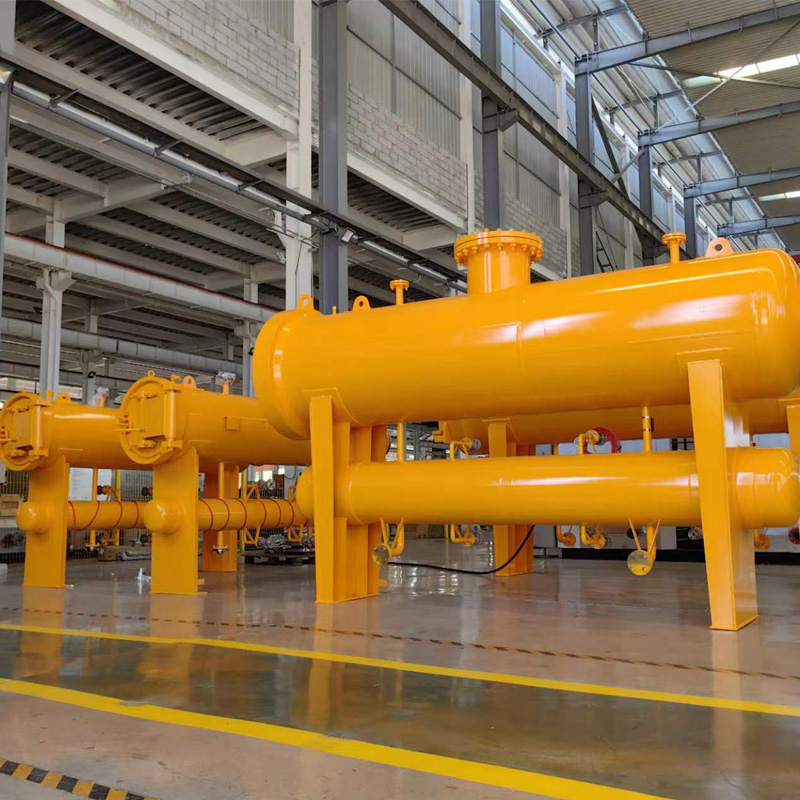
Aug . 20, 2024 14:39
Back to list
Gas Pressure Regulation System for Efficient Energy Management and Control Solutions
Understanding Gas Pressure Regulation
Gas pressure regulation is a critical aspect of various industries, ensuring the safe and efficient use of gases in different applications. Whether it's for industrial processes, medical applications, or the distribution of natural gas, the proper management of gas pressure is essential to maintain safety, efficiency, and reliability. This article explores the significance of gas pressure regulation, its mechanisms, and its applications.
The Importance of Gas Pressure Regulation
Gas pressure regulation is vital for several reasons. First and foremost, it ensures safety. High-pressure gas systems can pose significant hazards, including explosions, leaks, and equipment failure. A regulated pressure system mitigates these risks by maintaining gas pressure within safe limits. In medical settings, for example, the precise delivery of medical gases, such as oxygen or nitrous oxide, is crucial for patient care. Any fluctuation in pressure can lead to compromised treatment outcomes.
In addition to safety, regulated gas pressure leads to efficiency. Many industrial processes require gases to be supplied at a specific pressure for optimal performance. Fluctuations can lead to inefficiencies, increased energy consumption, and potential damage to equipment. By maintaining a stable pressure, businesses can ensure consistent operations and reduce costs.
.
Gas pressure regulators are devices designed to control the pressure of gas within a system. These regulators work on fundamental principles of fluid dynamics and mechanics. At their core, they are designed to reduce incoming gas pressure to a desired level, which is essential for the safe and efficient use of gases.
منظم ضغط الغاز

Most regulators function through a combination of a diaphragm and a spring mechanism. The incoming high-pressure gas enters the regulator, pressing against a diaphragm. The diaphragm’s movement is counteracted by a spring, which is pre-tensioned to a specific pressure level. As gas flows through, the diaphragm moves in response to pressure changes, opening or closing the gas flow accordingly to maintain the set pressure.
There are different types of regulators designed for various applications, including single-stage and dual-stage regulators. Single-stage regulators are typically used in low to moderate pressure applications, while dual-stage regulators are ideal for high-pressure systems, providing an additional layer of pressure stability.
Applications of Gas Pressure Regulation
Gas pressure regulation is utilized across various sectors. In the medical field, regulators are crucial for safely delivering anesthetic gases and oxygen to patients. In the energy sector, natural gas regulators are employed to control the flow and pressure of gas in distribution lines, ensuring safe and reliable delivery to homes and businesses.
In industrial applications, gas pressure regulation is essential for processes that rely on gases such as nitrogen, argon, and carbon dioxide. For example, in welding, the proper gas mixture and pressure are crucial for achieving high-quality welds. Similarly, in the food and beverage industry, gases are used in carbonation and packaging processes, where regulated pressure ensures product quality and safety.
Conclusion
In summary, gas pressure regulation is a fundamental component of many industries, playing a critical role in safety, efficiency, and the overall success of gas-related applications. Understanding the mechanisms behind gas regulators and their various applications can help professionals in the field implement effective pressure management solutions. As technology continues to evolve, advancements in pressure regulation will further enhance the safety and performance of gas systems across the board.
Latest news
-
Safety Valve Spring-Loaded Design Overpressure ProtectionNewsJul.25,2025
-
Precision Voltage Regulator AC5 Accuracy Grade PerformanceNewsJul.25,2025
-
Natural Gas Pressure Regulating Skid Industrial Pipeline ApplicationsNewsJul.25,2025
-
Natural Gas Filter Stainless Steel Mesh Element DesignNewsJul.25,2025
-
Gas Pressure Regulator Valve Direct-Acting Spring-Loaded DesignNewsJul.25,2025
-
Decompression Equipment Multi-Stage Heat Exchange System DesignNewsJul.25,2025

